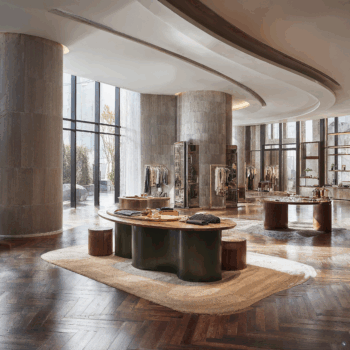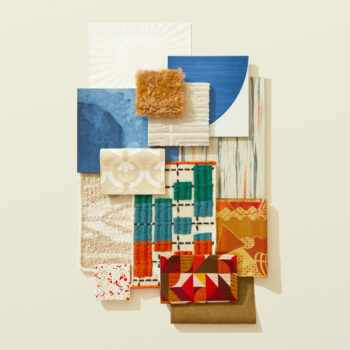
Shou sugi ban is a traditional Japanese wood preservation technique that involves charring the surface of wooden boards to enhance their durability and aesthetic appeal. This ancient method, originating from the 18th century, has seen a resurgence in modern architecture due to its unique combination of functionality and beauty. To create shou sugi ban wood, craftsmen use a controlled process of charring, cooling, cleaning, and sealing the wood.
The process begins with selecting the right type of wood, typically cedar, cypress, or pine, known for their resilience and natural beauty. The wood is then exposed to an open flame or intense heat, which chars the surface and caramelizes the wood sugars. This charring not only makes the wood resistant to insects, rot, and weathering but also gives it a striking appearance with a dark, textured, and often matte finish. The charring process forms a carbon layer on the wood’s surface, which acts as a protective barrier against the elements, increasing the wood’s longevity and making it suitable for both exterior and interior applications. After charring, the wood is carefully brushed and cleaned to remove loose soot, revealing the unique grain patterns and enhancing the texture. Finally, the wood is sealed with oil to further protect it and to deepen the color, adding a subtle sheen that highlights the natural beauty of the wood.
Shou sugi ban has been embraced by modern architects for its distinctive look and sustainable qualities. A notable example of this can be seen across the facade of a Michigan Lake House designed by Desai Chia Architecture and Environment Architects in 2016. Located on a woodland bluff, the 4,800-square-foot Michigan Lake House comprises three offset structures that are clad in shou sugi ban wood. The charred texture and the modulation of the home’s deep facade enhance the shadows as the sun rises and sets, creating a dynamic interplay of light and dark throughout the day.
Another example of this application in contemporary design is a modern home located high above Silicon Valley in Los Gatos, California. Redesigned by Schwartz and Architecture in 2015, the house draws inspiration from elements of the surrounding landscape, including boulders, bark, and leaves. The home is clad in traditional shou sugi ban burnt cedar siding, which serves to anchor the structure within its natural setting. The charred wood not only complements the earthy tones of the environment but also provides a durable, low-maintenance exterior that blends seamlessly with the rugged terrain.
Shou sugi ban is more than just a preservation technique; it is a testament to the enduring appeal of traditional craftsmanship in contemporary design. Its ability to merge aesthetic beauty with practical durability makes it a favored choice for architects and designers seeking to create spaces that are both visually stunning and deeply connected to nature.
Learn more about incorporating wood into your designs with our story on wood paneling in contemporary design.







